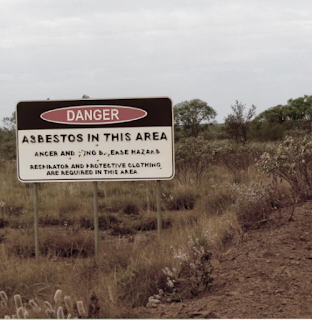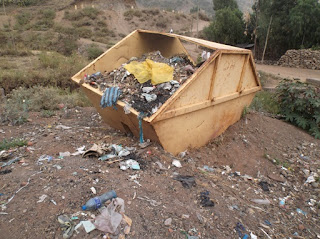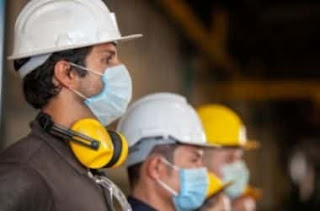Introduction
Asbestos management is a critical concern for many property owners and
developers in Sydney, New South Wales. In this blog post, we will delve into
the significance of asbestos management plans and detailed site investigations
in ensuring safe and compliant practices. Sydney Environmental Consultants,
with their expertise, are here to guide you through the process.
Asbestos Management Plans are crucial for protecting the health and
safety of occupants and workers in facilities where asbestos is present. Compliance
with regulations and best practices is essential to prevent asbestos-related
illnesses and minimize environmental contamination. It's important to consult
with experts in asbestos management and compliance to develop and implement an
effective Asbestos Management Plan tailored to the specific needs of your
facility.
The Importance of Asbestos Management Plans:
Asbestos Management Plan Sydney is paramount in preserving both environmental and public health.
Asbestos-containing materials (ACMs) pose significant risks when disturbed. An
Asbestos Management Plan (AMP) is a comprehensive document that outlines how
ACMs will be managed within a specific site. These plans are essential for
property owners, developers, and contractors to ensure safe practices and
compliance with regulations.
 |
| Asbestos Management Plan Sydney |
The Role of Detailed Site Investigations:
Before creating an effective AMP, a detailed site investigation is
crucial. This investigation involves a thorough assessment of the site to
identify potential ACMs. This includes inspecting the property, collecting
samples for testing, and analyzing the results. A Detailed Site Investigation
(DSI) helps in understanding the extent of asbestos presence, which is vital
for developing a robust management plan.
Sydney Environmental Consultants: Your Trusted Partner:
Sydney Environmental Consultants is your trusted partner in managing
asbestos-related concerns in Sydney, NSW. With their expertise and experience,
they offer comprehensive asbestos management solutions. From detailed site
investigations to developing effective asbestos management plans, they ensure
your project adheres to safety standards and legal requirements.
Conclusion:
Asbestos management is a critical aspect of property development in
Sydney, NSW. Sydney Environmental Consultants' dedication to providing detailedsite investigation NSW and comprehensive asbestos management plans ensures
the safety and compliance of your project. Partner with experts to navigate
this complex terrain and secure a healthier environment for all.





